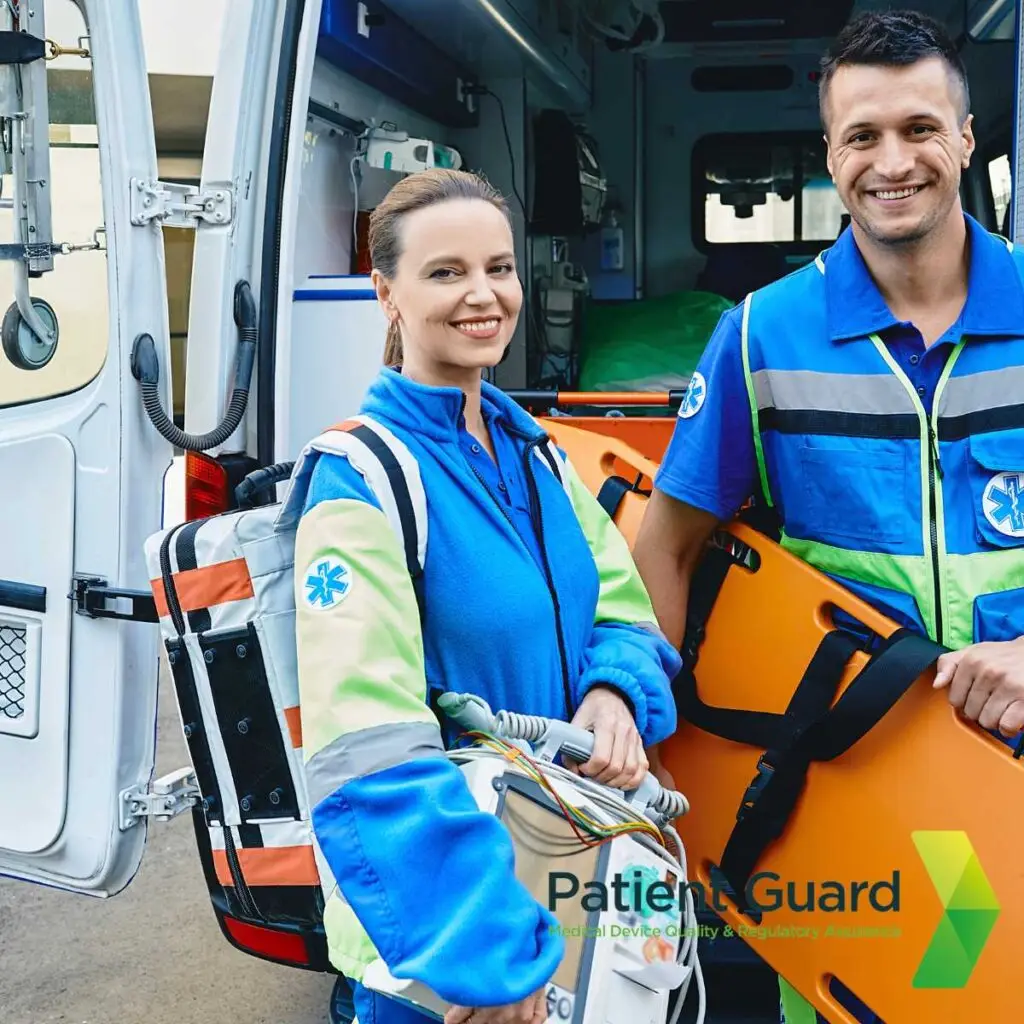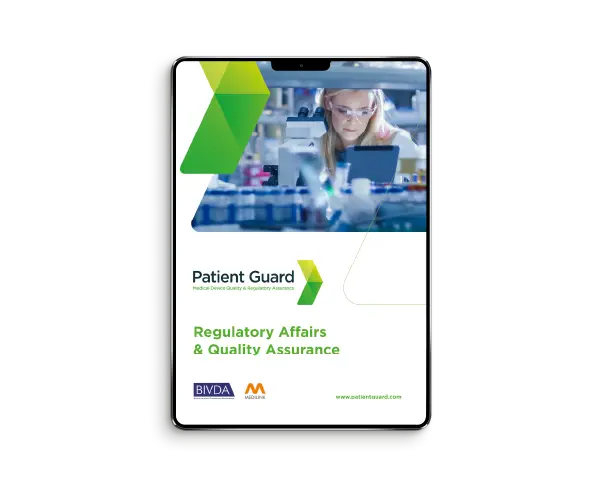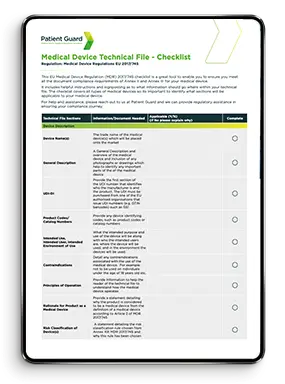Validation of Medical Devices: Storage, Handling and Transport
Medical devices play a critical role in patient care, and their effectiveness depends on proper storage, handling, and transport. These aspects are integral to ensuring that devices maintain their integrity, safety, and functionality until they reach the end user. The validation of these processes is crucial for compliance with international regulations, preventing contamination, damage, or performance degradation. In this blog, we explore the importance of storage, handling, and transport validation, key regulatory requirements, and best practices for manufacturers and suppliers.
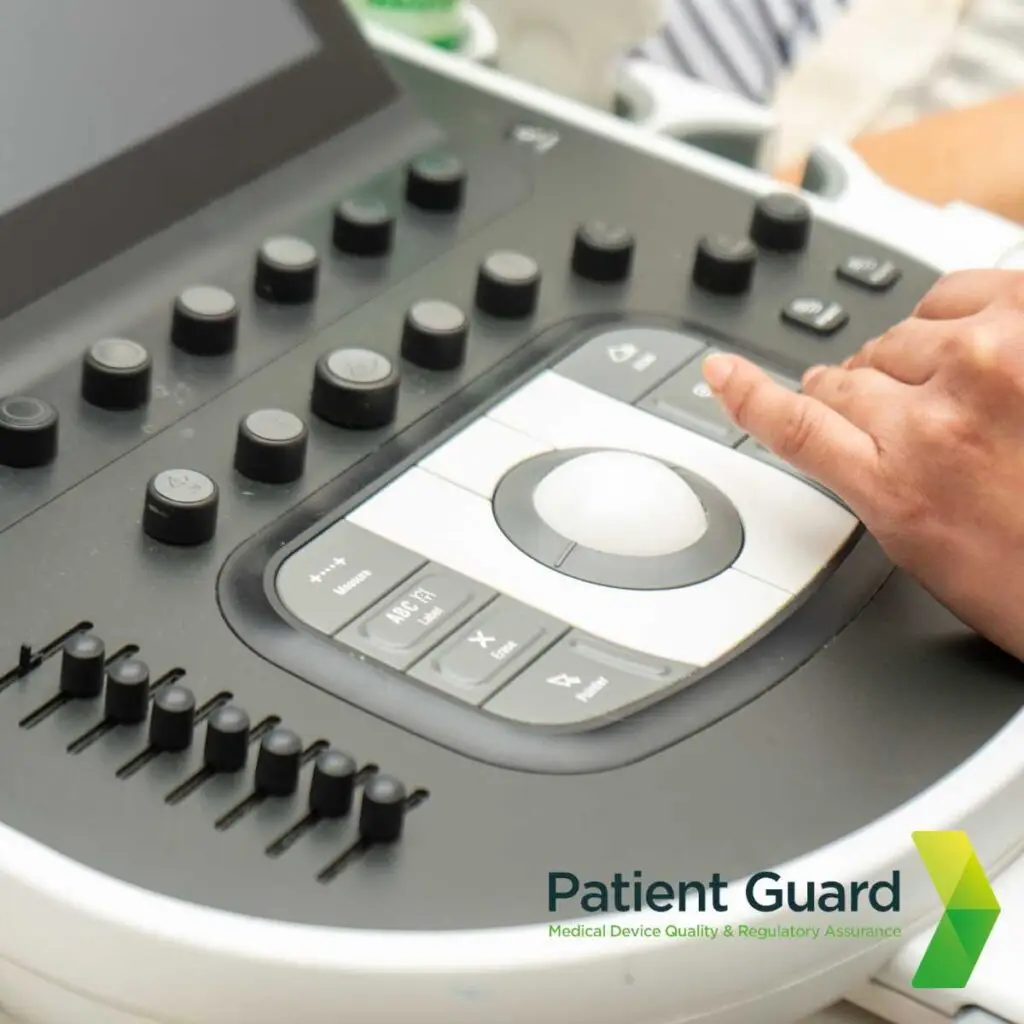
Why is Storage, Handling, and Transport Validation Important?
Medical devices are often delicate and sensitive to environmental conditions such as temperature, humidity, vibration, and mechanical shock. Improper storage and transport conditions can lead to:
- Physical damage (e.g., cracks, breakage, deformation).
- Compromised sterility due to improper sealing or exposure.
- Degradation of performance caused by exposure to extreme temperatures, moisture, or excessive vibrations.
- Regulatory non-compliance, leading to product recalls, fines, or restricted market access.
By validating storage, handling, and transport processes, manufacturers and distributors can ensure that medical devices remain safe and effective for use.
Regulatory Requirements for Storage, Handling, and Transport Validation
Compliance with international regulatory standards is mandatory for medical device manufacturers. Key regulations include:
- ISO 13485:2016 – Requires manufacturers to establish procedures to ensure that products maintain their intended performance and quality during storage, handling, and distribution.
- ISO 14971:2019 – Mandates risk management processes to assess and mitigate risks associated with storage and transport conditions.
- EU MDR 2017/745 – Imposes stringent requirements for traceability and verification of device integrity throughout the supply chain.
- FDA 21 CFR Part 820 – Requires validation of transportation and storage conditions to prevent product deterioration.
- Good Distribution Practices (GDP) – Guidelines ensuring that medical devices are stored and transported under appropriate conditions.
Failure to meet these requirements can result in product recalls, legal penalties, and reputational damage.
Key Steps in Storage, Handling, and Transport Validation
1. Risk Assessment
Manufacturers must identify risks associated with improper storage and transportation. Common risks include:
- Temperature fluctuations affecting device performance.
- Exposure to contaminants compromising sterility.
- Mechanical shock and vibration causing physical damage.
- Human error in handling leading to improper packaging or transit conditions.
A thorough risk assessment helps prioritize critical control points and preventive measures.
2. Defining Environmental Conditions
Each medical device has specific storage and transport requirements based on its material properties, sterility, and sensitivity. Environmental parameters to consider include:
- Temperature – Some devices require refrigeration, while others must be kept at controlled room temperature.
- Humidity – Excessive moisture can degrade materials or promote microbial growth.
- Shock and Vibration – Fragile devices must be protected from mechanical stress.
- Light Sensitivity – Certain materials degrade with prolonged light exposure.
Defining these conditions ensures the appropriate selection of storage facilities and transport methods.
3. Packaging Validation
Packaging plays a crucial role in protecting medical devices from environmental hazards. Validation should confirm that packaging materials and designs provide adequate protection. Key considerations include:
- Sterile barrier integrity – Ensuring packaging maintains sterility throughout transport.
- Mechanical protection – Cushioning materials should prevent physical damage.
- Label durability – Labels should remain legible under different conditions.
Testing methods such as accelerated aging, drop tests, and transit simulation help verify packaging effectiveness.
4. Transportation Validation
Transport validation involves simulating real-world shipping conditions to confirm that devices reach their destination without compromise. Methods include:
- Temperature mapping – Monitoring temperature variations during transit.
- Shock and vibration testing – Evaluating mechanical impact resistance.
- Simulated transport trials – Using real shipment conditions to assess packaging and handling effectiveness.
These tests ensure that devices remain intact and functional regardless of transit duration or route.
5. Storage Facility Qualification
Storage facilities should be validated to ensure compliance with environmental requirements. Critical factors include:
- Temperature and humidity control – Facilities must maintain controlled conditions.
- Security and access control – Preventing unauthorized handling.
- Inventory management – Ensuring stock rotation (e.g., FIFO – First In, First Out) to prevent product expiry.
Periodic audits and monitoring help maintain compliance over time.
6. Documentation and Compliance Monitoring
Comprehensive documentation is essential to demonstrate compliance. Key records include:
- Validation protocols and results.
- Environmental monitoring reports.
- Nonconformance records and corrective actions.
- Training records for personnel handling devices.
Regular reviews and updates ensure ongoing adherence to regulatory standards.
Challenges in Storage, Handling, and Transport Validation
Manufacturers often face challenges in ensuring effective validation, including:
- Global supply chain variability – Different regulatory requirements across regions.
- Temperature excursions – Difficulty maintaining stable conditions in extreme climates.
- Cost constraints – Implementing monitoring systems and validation tests can be expensive.
- Logistics provider reliability – Ensuring third-party carriers meet compliance requirements.
Overcoming these challenges requires collaboration with qualified logistics partners, investing in real-time monitoring technologies, and continuously improving validation protocols.
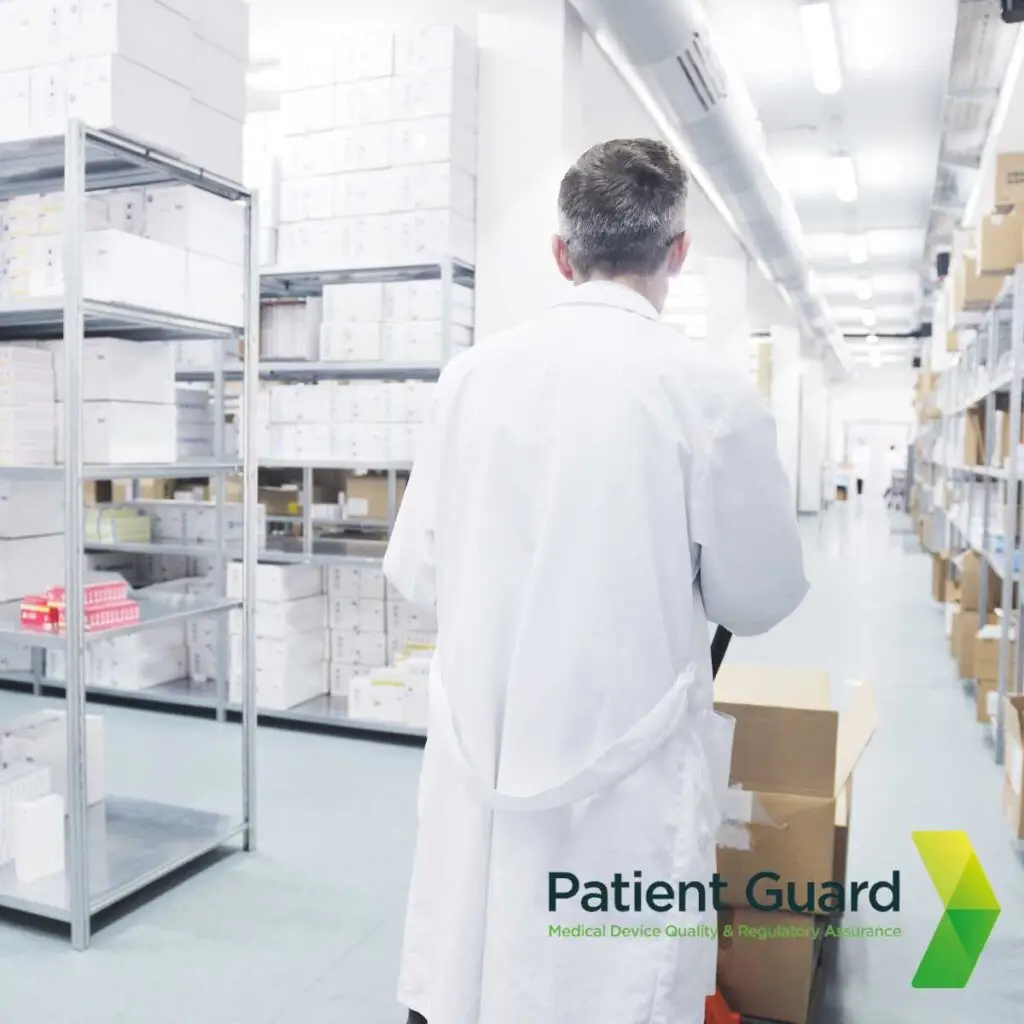
Best Practices for Storage, Handling, and Transport Validation
To optimize validation processes, manufacturers should:
- Develop a risk-based validation strategy – Prioritize critical parameters based on risk assessment.
- Utilize real-time monitoring – Implement temperature loggers and GPS tracking for visibility.
- Train personnel – Ensure staff handling devices understand validation requirements.
- Perform periodic revalidation – Regularly reassess conditions to ensure continued compliance.
Work with accredited logistics providers – Select partners with expertise in medical device transport.
How Patient Guard Can Help
At Patient Guard, we specialize in supporting medical device manufacturers in achieving compliance with storage, handling, and transport validation requirements. Our expert services include:
- Risk assessments for environmental control.
- Validation protocol development and execution.
- Regulatory compliance audits.
- Training programs for personnel.
By partnering with us, you can ensure that your medical devices meet regulatory requirements and remain safe and effective throughout the supply chain.
FAQs
Key factors for validation include temperature control, humidity levels, security measures, sterility maintenance, and inventory rotation. Proper monitoring and documentation ensure compliance with regulatory requirements and prevent product degradation.
Manufacturers can ensure compliance by conducting risk assessments, performing simulated transport tests, using validated packaging solutions, and implementing real-time tracking systems to monitor environmental conditions during transit.
Common challenges include temperature fluctuations, mechanical shocks, improper handling by third-party logistics providers, and ensuring packaging integrity. Addressing these challenges requires thorough testing, training of personnel, and collaboration with experienced transport partners.
Documentation provides proof of compliance with regulatory standards and ensures traceability in the supply chain. Proper records include validation protocols, test results, corrective actions taken, and environmental monitoring reports, all of which help maintain regulatory adherence and quality assurance.
Summary
Storage, handling, and transport validation are essential to maintaining the safety and efficacy of medical devices. By following a structured validation process, manufacturers can prevent product damage, comply with global regulations, and protect patient safety. With the right strategies and expert guidance from Patient Guard, medical device companies can navigate the complexities of validation with confidence.
For expert support in ensuring compliance, contact Patient Guard today.

